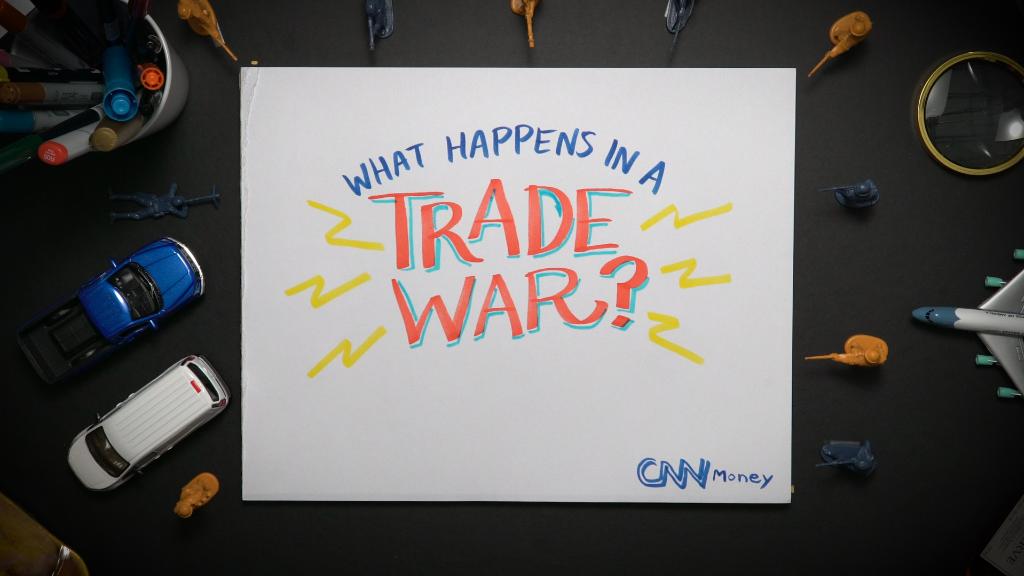
As global tensions over trade continue to grow, here's some important context on tariffs.
What is a tariff?
Tariffs are essentially border taxes charged on imported goods. Importers must pay them. They don't apply to services. Tariffs are collected by customs officials and go to the government imposing them.
Are global tariffs high or low?
Globally, tariffs are close to their lowest levels ever — averaging around 2.9% — according to the latest data from the World Bank. Tariffs have been falling for decades due to free trade agreements.
One exception: Agricultural tariffs around the world tend to stay high because countries want to protect their farmers. Tariffs in non-agricultural sectors are generally very low, or at zero.
Trump has slammed Canada for high dairy tariffs. But the US also has high tariffs on some agricultural imports, including a 350% tariff on some tobacco products and a 132% tariff on a variety of peanuts.
Is the United States getting a fair deal?
Experts say that comparing tariffs on specific items misses the point. It's better to focus on the average, which shows little difference between America and its key trading partners.
Recent World Trade Organization data shows that America's average tariff for imported goods is 2.4%. Canada's average tariff for imported goods is 3.1%, and the EU's average tariff for imported goods is 3%.
Is Trump right to focus on other countries' tariffs?
If he wants to make life easier for American exporters, experts say it would be better to focus on reducing other barriers to trade by coordinating regulatory systems, reducing customs delays and making it easier for businesses to navigate the paperwork to ship items to new markets.
But doesn't the United States have big trade deficits with Europe and Canada?
Yes, if you only look at goods trade. The US has a deficit of more than $150 billion with the European Union and $23 billion with Canada.
But once services are included, those numbers look very different. The US then has a surplus of about $14 billion with both trading partners, according to data analysis by the Ifo Institute.
If Trump's against tariffs, why did he put steep ones on steel and aluminum?
The Trump administration's stated goal is to protect American steel and aluminum manufacturers, which it claims are critical to national security.
The hope is that as steel and aluminum from other countries gets more expensive due to the new taxes, more businesses will turn to American steel and aluminum makers to fill demand. Theoretically, that would breathe new life into industries that have been struggling for years.
The tariffs are also meant to address dumping, or the process by which a country sends cheap, excess steel into the global market. China is considered a major perpetrator of this.
Will these tariffs actually help American manufacturers?
Yes and no. American steel and aluminum manufacturers may get a boost, but it's still not clear if they actually have the capacity to meet a surge in demand.
And other sectors of American manufacturing may be hurt by rising steel and aluminum prices. The tariffs raise the cost of raw materials for automakers like Ford (F) and General Motors (GM), as well as Boeing (BA) and Anheuser-Busch (BUD). This could ultimately be bad for jobs in factories owned by such downstream companies.
When do tariffs turn into a trade war?
A trade war is one potential result of protectionist tariffs. It describes a situation in which countries fight back against a nation that has imposed trade barriers by imposing retaliatory tariffs of their own. This can kick off a string of tit-for-tat responses that collectively escalate global tensions.


